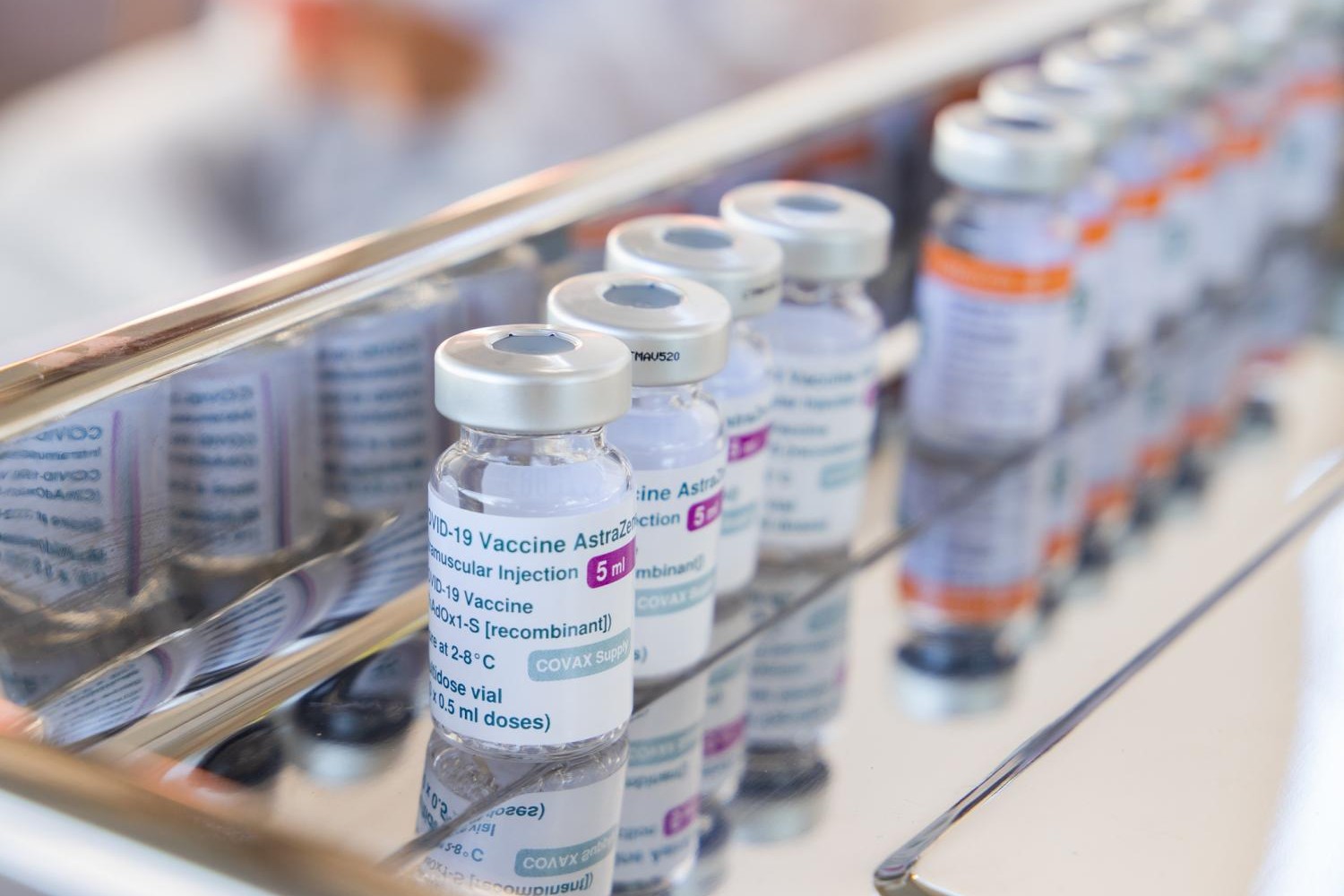
Are you curious about the regulatory facts surrounding FDA COVID vaccines? You're in the right place! The FDA (Food and Drug Administration) plays a crucial role in ensuring the safety and effectiveness of vaccines. During the COVID-19 pandemic, the FDA's rigorous approval process became a hot topic. From Emergency Use Authorizations (EUAs) to full approvals, understanding these processes can help demystify how vaccines reach the public. This blog post will break down 20 essential regulatory facts about FDA COVID vaccines, providing clear, concise information to help you stay informed. Ready to dive in? Let's get started!
Understanding FDA COVID Vaccines
The FDA plays a crucial role in ensuring the safety and efficacy of COVID vaccines. Here are some key facts to help you understand the regulatory process and the vaccines themselves.
-
The FDA stands for the Food and Drug Administration. This agency is responsible for protecting public health by ensuring the safety, efficacy, and security of drugs, biological products, and medical devices.
-
Emergency Use Authorization (EUA) allows the FDA to facilitate the availability of medical countermeasures, including vaccines, during public health emergencies. This process is faster than the standard approval process but still requires rigorous testing.
-
The first COVID-19 vaccine to receive EUA from the FDA was the Pfizer-BioNTech vaccine. This happened on December 11, 2020.
-
Moderna's COVID-19 vaccine received EUA shortly after Pfizer's, on December 18, 2020. Both vaccines use mRNA technology to trigger an immune response.
-
The Johnson & Johnson vaccine received EUA on February 27, 2021. Unlike Pfizer and Moderna, this vaccine uses a viral vector to deliver instructions to cells.
Vaccine Development and Approval
Developing and approving vaccines is a complex process involving multiple stages. Here are some facts about how COVID vaccines were developed and approved.
-
Preclinical trials involve laboratory research and animal studies to gather initial data on safety and efficacy before human trials begin.
-
Phase 1 clinical trials test the vaccine on a small group of people to evaluate its safety and determine the appropriate dosage.
-
Phase 2 clinical trials expand the testing to a larger group to further assess safety and begin to evaluate the vaccine's effectiveness.
-
Phase 3 clinical trials involve thousands of participants to confirm the vaccine's effectiveness and monitor for any adverse reactions.
-
The FDA requires at least two months of follow-up data after the final dose in Phase 3 trials before considering EUA.
Safety and Monitoring
Ensuring the safety of vaccines is a top priority for the FDA. Here are some facts about how safety is monitored.
-
Vaccine Adverse Event Reporting System (VAERS) is a national system for monitoring the safety of vaccines. Healthcare providers and the public can report any adverse events following vaccination.
-
The Vaccine Safety Datalink (VSD) is a collaboration between the CDC and several healthcare organizations to monitor vaccine safety and conduct studies on rare and serious adverse events.
-
Post-authorization studies are required by the FDA to continue monitoring the safety and effectiveness of vaccines after they are authorized for emergency use.
-
The FDA can issue safety communications to inform the public about any potential risks associated with vaccines.
-
Risk-benefit analysis is a critical part of the FDA's decision-making process. The benefits of vaccination must outweigh any potential risks.
Distribution and Administration
Getting vaccines to the public involves careful planning and coordination. Here are some facts about how COVID vaccines are distributed and administered.
-
The CDC's Advisory Committee on Immunization Practices (ACIP) provides recommendations on vaccine distribution and prioritization.
-
Cold chain logistics are essential for mRNA vaccines like Pfizer and Moderna, which require ultra-cold storage to remain effective.
-
The Federal Retail Pharmacy Program partners with pharmacies across the country to increase access to COVID vaccines.
-
Mass vaccination sites have been set up in various locations to facilitate large-scale vaccination efforts.
-
The FDA provides guidance and resources to healthcare providers to ensure the safe and effective administration of COVID vaccines.
The Bottom Line on FDA COVID Vaccines
Understanding FDA COVID vaccines is crucial for making informed health decisions. These vaccines underwent rigorous testing before approval, ensuring safety and effectiveness. They play a vital role in controlling the pandemic, reducing severe illness, and preventing hospitalizations.
Vaccines like Pfizer, Moderna, and Johnson & Johnson have different mechanisms but all aim to boost immunity. Side effects are generally mild, such as sore arms or mild fever, and serious reactions are rare.
Staying updated with booster shots is important as they enhance protection against new variants. Trusting credible sources for vaccine information helps combat misinformation.
Remember, getting vaccinated not only protects you but also those around you. The collective effort in vaccination drives us closer to ending the pandemic. Stay informed, stay safe, and contribute to a healthier community.
Was this page helpful?
Our commitment to delivering trustworthy and engaging content is at the heart of what we do. Each fact on our site is contributed by real users like you, bringing a wealth of diverse insights and information. To ensure the highest standards of accuracy and reliability, our dedicated editors meticulously review each submission. This process guarantees that the facts we share are not only fascinating but also credible. Trust in our commitment to quality and authenticity as you explore and learn with us.
